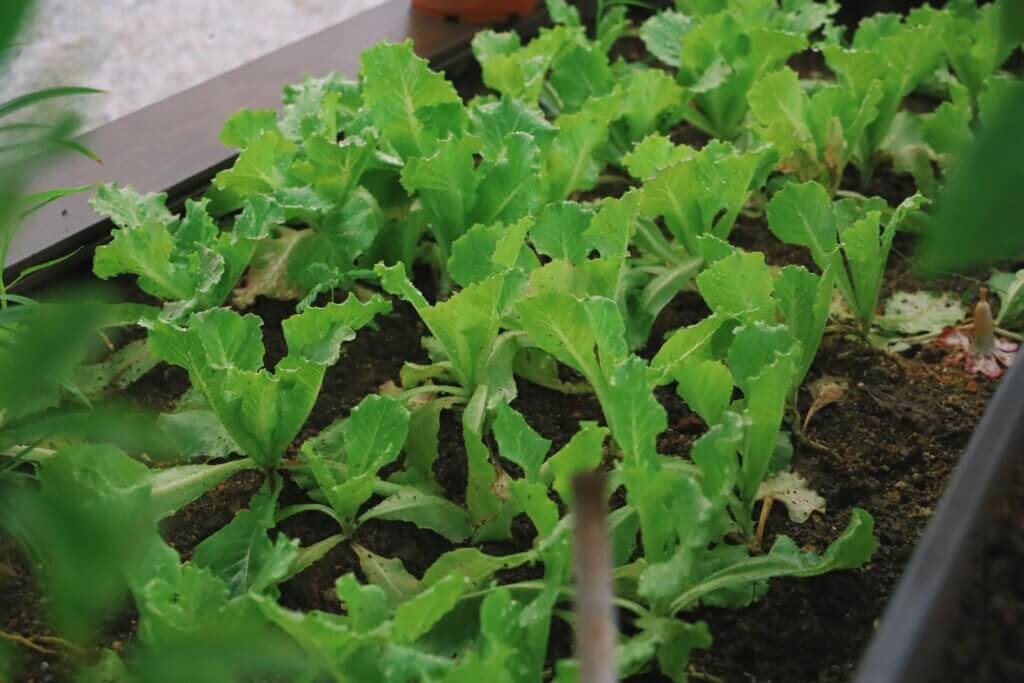Living in a bustling urban area, you may have wondered if it’s possible to grow your own food amidst the concrete jungle. In this article, we will explore the feasibility of farming in urban settings and shed light on the innovative approaches that are revolutionizing agriculture right in the heart of the city. From rooftop gardens to vertical farms, you’ll discover the exciting possibilities that urban farming offers for a sustainable and food-secure future. So, grab your gardening gloves and let’s explore the world of urban farming together!

Benefits of Urban Farming
Urban farming, also known as urban agriculture, has gained popularity in recent years as a sustainable solution for food production in urban areas. By utilizing limited space, accessing local markets, and promoting environmental sustainability, urban farming offers a range of benefits. In this article, we will explore these advantages in detail and discuss the various types of urban farming methods that are being used successfully.
1. Utilization of Limited Space
One of the most significant benefits of urban farming is its ability to maximize the use of limited space. In densely populated cities, finding suitable land for large-scale traditional farming can be a challenge. However, with urban farming, innovative techniques and technologies are employed to grow crops and raise animals in small spaces. Rooftop gardens, vertical farming, and aquaponics are just a few examples of how limited space can be effectively utilized for agricultural purposes.
2. Access to Local Markets
Another advantage of urban farming is the direct access to local markets. With farms located within the city or its immediate surroundings, farmers can easily transport their fresh produce to local stores, restaurants, and farmers’ markets. This not only reduces transportation costs but also ensures that consumers have access to high-quality, freshly harvested food. Moreover, the proximity to customers facilitates a stronger connection between urban farmers and the community they serve.
3. Environmental Sustainability
Urban farming plays a crucial role in promoting environmental sustainability. By producing food locally, the need for long-distance transportation of food is significantly reduced, leading to a decrease in carbon emissions associated with transportation. Additionally, urban farms often utilize organic farming practices, minimizing the use of synthetic fertilizers and pesticides that are harmful to both the environment and human health. Furthermore, urban farms can contribute to the reduction of food waste by implementing composting systems and promoting sustainable consumption practices.
Types of Urban Farming
Now that we have explored the benefits of urban farming, let’s delve into the various types of urban farming methods that are being implemented successfully.
1. Rooftop Gardens
Rooftop gardens are a popular and visually appealing form of urban farming. By transforming rooftops into green spaces, these gardens provide an ideal setting for cultivating a variety of crops. Not only do rooftop gardens utilize otherwise unused space, but they also offer additional benefits such as improved insulation for buildings, reduced stormwater runoff, and mitigated urban heat island effect. Rooftop gardens are often seen in urban areas where open land is scarce, providing an oasis of greenery amidst concrete jungles.
2. Vertical Farming
Vertical farming is revolutionizing urban agriculture, especially in areas with limited horizontal space. This innovative technique involves growing crops vertically in stacked layers or towers, using hydroponic or aeroponic systems. By utilizing artificial lighting and precise climate control, vertical farms can grow crops year-round, providing a consistent supply of fresh produce. This method not only maximizes space but also reduces water usage and eliminates the need for soil, making it a highly resource-efficient and sustainable farming solution.
3. Aquaponics
Aquaponics combines traditional aquaculture, the practice of raising fish, with hydroponics, the method of growing plants in nutrient-rich water, in a symbiotic environment. In this system, fish waste provides nutrients for the plants, while the plants purify the water for the fish. This closed-loop system minimizes water wastage and creates a sustainable ecosystem where both fish and plants thrive. Aquaponics is particularly suitable for urban farming as it requires minimal space and can be implemented indoors or outdoors, making it a versatile and environmentally friendly method.
4. Community Gardens
Community gardens are an excellent way to engage with the community while promoting urban farming. These gardens are typically shared spaces where individuals or groups of people collectively grow different crops. They not only provide access to fresh produce but also foster a sense of community, as people come together to cultivate and maintain the garden. Community gardens offer educational opportunities for children and adults alike, teaching valuable skills about agriculture, nutrition, and sustainability. These gardens act as green oases within the urban landscape, promoting biodiversity and improving the overall well-being of the community.
5. Engage with the Community
Lastly, one of the significant advantages of urban farming is the opportunity it presents to engage with the community. By bringing agriculture into the city, urban farmers can connect with their neighbors, local organizations, and schools. They can organize workshops, host farm tours, and participate in farmers’ markets, thereby raising awareness about sustainable food production and inspiring others to get involved. This community engagement not only strengthens the bond between urban farmers and the residents but also encourages a sense of collective responsibility towards building a more sustainable and resilient urban environment.
In conclusion, urban farming offers a multitude of benefits, including the efficient utilization of limited space, direct access to local markets, and the promotion of environmental sustainability. By employing various methods such as rooftop gardens, vertical farming, aquaponics, and community gardens, urban farmers can overcome the challenges posed by urban environments and contribute to a greener, more self-sufficient future. So, next time you find yourself asking if farming is possible in an urban area, remember that not only is it possible, but it also brings numerous advantages for both individuals and the community as a whole.



